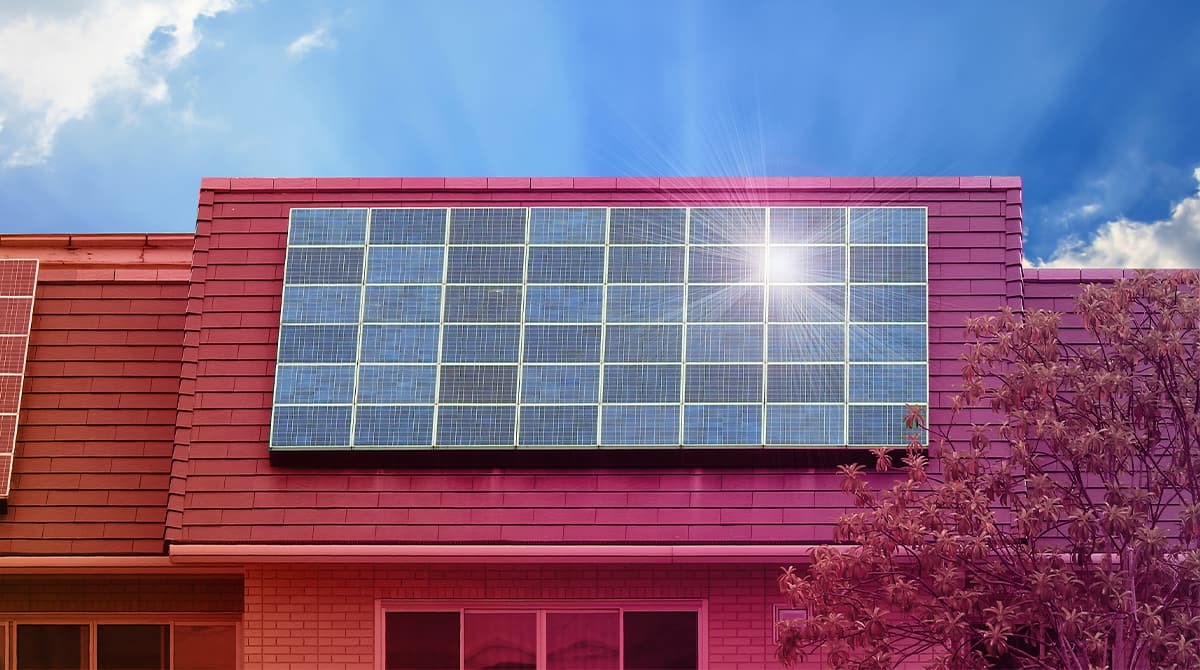Photovoltaic Facades: Innovation and Sustainability in Architecture
Today, architecture has gained a new dimension by combining aesthetic solutions with technology. Photovoltaic facades are one of the most striking examples of this innovative approach. They not only provide energy efficiency but also add a modern and original aesthetic to buildings.
What is a Photovoltaic Facade?
Photovoltaic facades consist of panels integrated into the outer shell of buildings, capable of converting solar energy into electrical energy. Unlike traditional solar panels, they are seamlessly incorporated into architectural design. These technological surfaces become a functional part of the building facade and enhance its aesthetics.
Advantages of Photovoltaic Facades in Architecture
1. Aesthetic Flexibility
Photovoltaic panels can be produced in various colors, shapes, and patterns. This allows architects to combine creative designs with energy efficiency. For instance, facade panels with beautiful patterns can give a modern look to the building while providing energy savings.
2. Energy Efficiency
These building elements, which generate electricity from sunlight, can meet a significant portion of a building’s energy needs. This is not only crucial for a sustainable future but also reduces energy costs.
3. Material Durability
Photovoltaic panels protect building facades from external elements due to their long-lasting and durable structure. This provides both economic and ecological benefits.
Architectural Applications of Photovoltaic Facades
The use of photovoltaic facades is increasingly prevalent, especially in major cities.
• Office Buildings: In modern office projects, photovoltaic facades are preferred by companies aiming to create an environmentally friendly image.
• Residential Projects: Particularly in residential projects with green certifications, these facades offer both a sales advantage and a sustainable living environment.
• Public Buildings: In projects such as schools, hospitals, and public facilities, they provide energy savings and instill environmental awareness in the community.
“
Looking Ahead: The Evolution of Photovoltaic Technology
”
With technological advancements, the production costs of photovoltaic panels are decreasing, and their efficiency is increasing. In the future, this technology is expected to become more widespread with transparent photovoltaic glass, colorful designs, and lighter materials.
Additionally, with AI-powered energy management systems, it will be possible to use the energy produced by these facades more effectively. These innovations will enable photovoltaic facades to serve not only as an energy source but also as part of the smart infrastructure of buildings.
Conclusion
Photovoltaic facades offer an innovation that stands at the intersection of architecture and technology, shaping the future. These systems, which perfectly combine aesthetics, functionality, and sustainability, represent an environmentally friendly approach and a modern architectural vision. With limitless design possibilities and energy-saving potential, photovoltaic facades are poised to become one of the fundamental elements shaping the cities of tomorrow.
 Skip to the content
Skip to the content 




